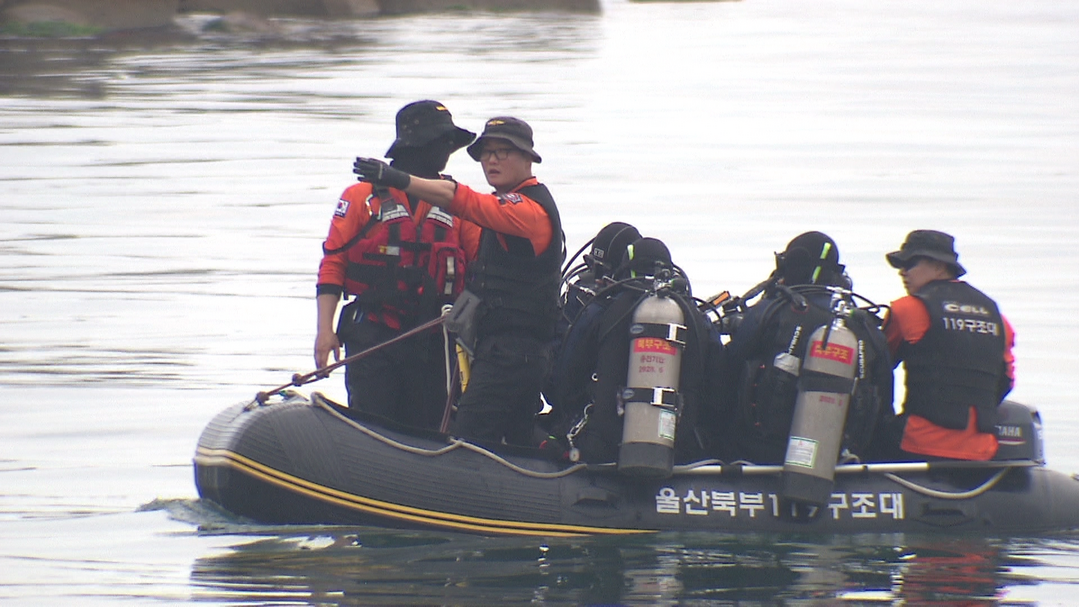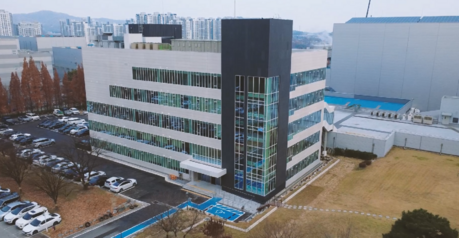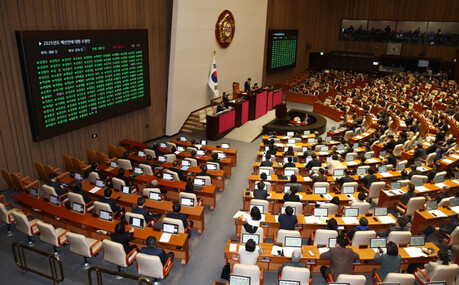
ULSAN, South Korea – Ulsan Metropolitan City today held the inaugural meeting of its Water Leisure Activity Safety Council at the City Hall, marking a significant step towards enhancing public safety in water-based recreational activities. Chaired by Vice Mayor for Administrative Affairs Ahn Seung-dae, the council brought together key stakeholders from the city government, district offices, the Ulsan Coast Guard, and various water leisure safety organizations.
The first meeting of the newly formed council focused on developing comprehensive safety measures and a long-term management strategy for water leisure in the region. Participants, including 12 representatives from diverse organizations, engaged in in-depth discussions covering several crucial topics:
Sharing the Current Status of Water Leisure Activities in Ulsan: This involved a detailed overview of popular water sports and activities, identifying peak seasons, common locations, and the types of watercraft frequently used by residents and tourists. Data on the number of registered watercraft, licensed operators, and popular leisure zones was presented to provide a foundational understanding of the current landscape.
Preventive Measures for Safety Accidents: Discussions centered on proactive strategies to mitigate risks. This included reviewing and harmonizing the annual "Water Leisure Safety Management Plans" developed by Ulsan City, its constituent districts, and the Ulsan Coast Guard. Emphasis was placed on identifying overlaps and gaps in existing plans to create a more cohesive and effective safety framework. Specific measures discussed included stricter enforcement of safety regulations, enhanced public awareness campaigns on safe water practices, and the implementation of real-time monitoring systems in high-risk areas.
Inter-organizational Cooperation Strategies: A key focus was on strengthening collaboration among all relevant agencies. Participants acknowledged the critical importance of a robust, inter-agency cooperation system, especially given the seasonal increase in water leisure activities. The council resolved to establish a more organic and responsive collaboration to prevent accidents effectively. This could involve joint training exercises, shared resources for emergency response, and coordinated public outreach efforts.
In-Depth Analysis and Future Planning
The meeting delved into more granular details, examining various aspects of water safety management. This included:
Review of Safety Management Performance by Season, Equipment, and Sea Area: An analysis of past performance data helped identify specific times of the year, types of equipment (e.g., jet skis, kayaks, motorboats), and particular coastal or river areas that pose higher risks. This data-driven approach will inform targeted safety interventions.
Analysis of Water Leisure Accidents over the Past Three Years: A comprehensive review of accident types, equipment involved, and root causes over the last three years provided valuable insights into recurring issues. This historical data will be instrumental in predicting potential future risks and developing preventative strategies. For instance, if a high number of accidents are attributed to operator inexperience, then increased training requirements or public education on basic safety protocols might be prioritized.
Intensive Management of Individual Activity Participants and Vulnerable Leisure Equipment: Special attention was given to independent water leisure enthusiasts and specific types of equipment known to be more susceptible to accidents. This might include developing tailored safety guidelines for individual paddlers or providing free safety checks for older or less maintained watercraft. The council discussed the potential for mandatory safety certifications for certain types of personal watercraft and increased surveillance in areas popular with independent users.
Free Inspections of Personal Water Leisure Equipment and Spreading a Safety Culture: The council explored initiatives like offering free safety inspections for privately owned water leisure equipment to ensure compliance with safety standards. Furthermore, there was a strong commitment to fostering a pervasive safety culture among all water leisure participants through educational programs, public service announcements, and community engagement. This includes promoting responsible behavior, proper equipment maintenance, and awareness of weather conditions.
Concrete Cooperation Matters between Related Organizations: Discussions outlined specific areas where enhanced cooperation is crucial, such as sharing real-time weather information, coordinating search and rescue operations, and conducting joint patrols. The aim is to create a seamless network of support and response.
Emphasis on Citizen-Centric Safety and Collaboration
Two newly appointed private expert members from water leisure safety organizations were also officially commissioned during the meeting. These experts will provide valuable perspectives from the standpoint of citizens and users, aiming to address safety blind spots and emphasize the need for effective, proactive safety management. Their practical insights are expected to ensure that safety measures are not just theoretical but also practical and accessible to the public.
Vice Mayor Ahn Seung-dae reiterated the city's commitment, stating, "Based on the diverse opinions presented at this council meeting, we will work together to implement effective water leisure safety measures and safety inspection activities tailored to the regional situation."
The establishment of the Water Leisure Activity Safety Council stems from the enactment and implementation of the 'Ulsan Metropolitan City Ordinance on Water Leisure Activity Safety Management' in December of last year. This ordinance was specifically designed to prevent water leisure accidents and promote a healthy leisure culture for citizens, underscoring Ulsan's dedication to ensuring its residents and visitors can enjoy water activities safely and responsibly. The council will continue to meet regularly to review progress, adapt strategies, and ensure the ongoing safety of Ulsan's waterways.
[Copyright (c) Global Economic Times. All Rights Reserved.]






























